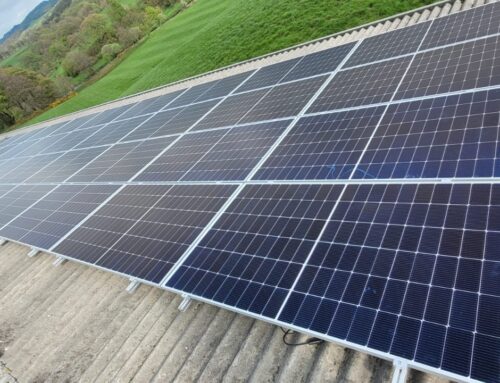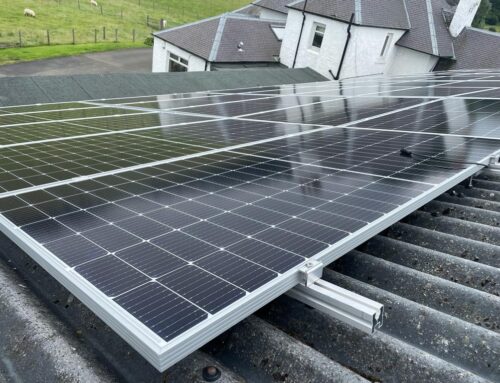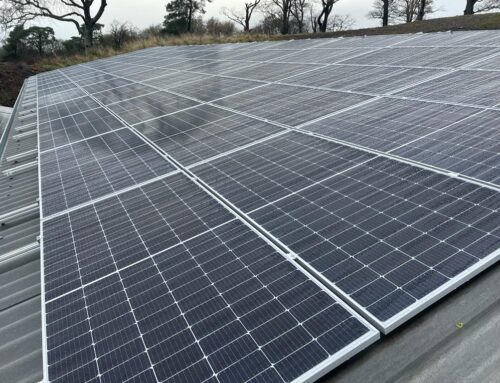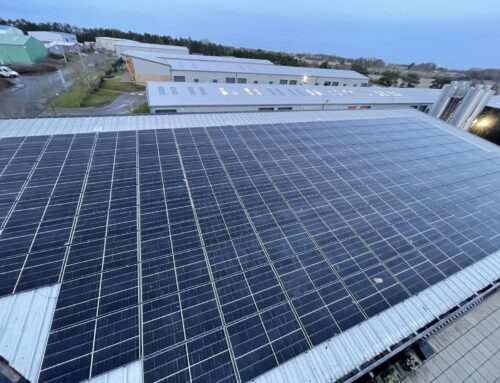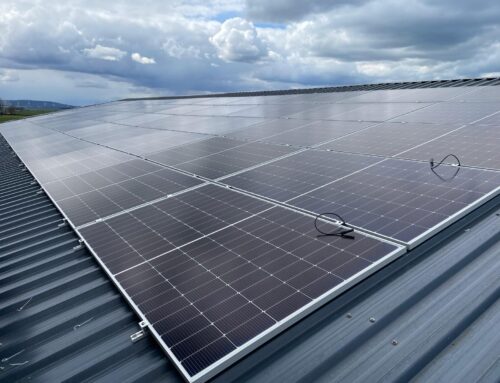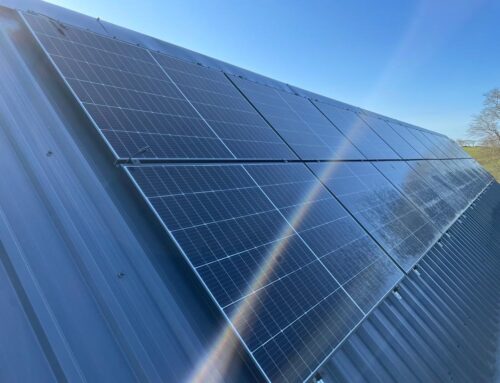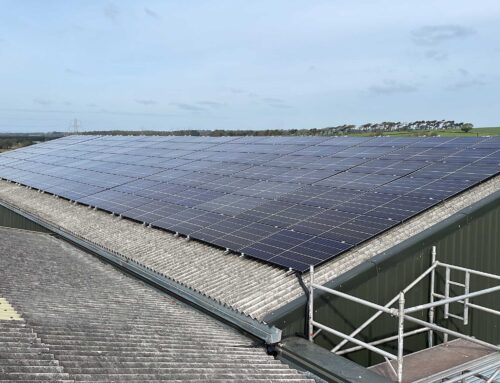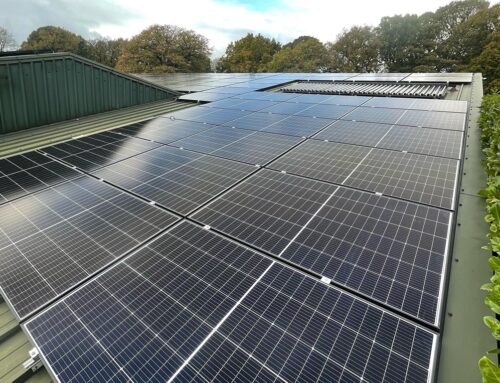
Technology has promised new wonders to humanity, and as a responsible and intelligent species on Earth, it’s our primary duty to protect and conserve natural resources. With the alarming threats of global warming across the world and the UK, the need to reduce carbon footprint isn’t just an option; it’s a mandate, and recently, innovations like solar PV battery storage in the UK have emerged as a promising renewable energy source that offers both environments as well as economic benefits.
One of the primary advantages of solar power systems is their ability to sell excess electricity back to the grid. This allows solar panel owners to reduce energy bills and contribute to the country’s renewable energy goals. How does selling back to the grid work? Here’s a detailed guide!
Understanding the Feed-In Tariff (FIT) Scheme
The Feed-In Tariff (FIT) scheme, introduced in April 2010, was a government initiative designed to promote the uptake of renewable energy technologies, including solar PV systems. The scheme offers immense financial incentives to homeowners and businesses because, under this scheme, participants are paid for the electricity they generate from renewable sources, such as solar panels, even if they use it themselves. In addition, they can earn extra money by selling surplus electricity to the grid.
Source: https://energysavingtrust.org.uk/grants-and-loans/feed-in-tariff/.
Installing Solar PV Systems
The first step in selling solar energy back to the grid is installing solar photovoltaic panels. These panels can be mounted on the ground or rooftops where there’s ample sunlight exposure. Once installed, they can convert sunlight into electricity through the photovoltaic effect, generating clean, green, and economic energy.
Metering and Monitoring
Generating electricity isn’t enough to sell back to the grid; homeowners also need to accurately measure the electricity generated by solar PV systems and determine the amount to be sold back to the grid. For this, they need to install specialised meters that can track the electricity generated by the solar panels and the electricity consumed by the property.
Export Tariffs
Under the FIT scheme, participants receive payments for the electricity they generate (generation tariff) and the surplus electricity they export to the grid (export tariff). The export tariff is a fixed rate per kilowatt-hour (kWh) of electricity exported and is set by the government. While the generation tariff is paid directly to the system owner, the energy supplier typically pays the export tariff.
Energy suppliers in the UK are obligated to pay participants of the FIT scheme for the electricity they generate and export. These payments are funded through a levy on consumers’ energy bills known as the Renewable Obligation (RO) scheme. To receive the FIT payments, participants need to register with a licensed energy supplier.
Conclusion
According to recent surveys, residential setups contribute to 29% of the overall solar capacity in the UK, constituting 77% of the newly added capacity in January 2024. A small change can go a long way, and the same goes for solar energy. Homeowners can switch to the latest innovations, like the UK’s solar PV battery storage systems, to reduce their energy bills and contribute to the transition towards a more sustainable future. Do you understand how selling back to the grid works? Are you fascinated by the prospect of integrating solar energy systems in your home? Schedule a free consultation with the solar PV specialists at Ember Energy today!
Source: https://www.theecoexperts.co.uk/solar-panels/solar-statistics

